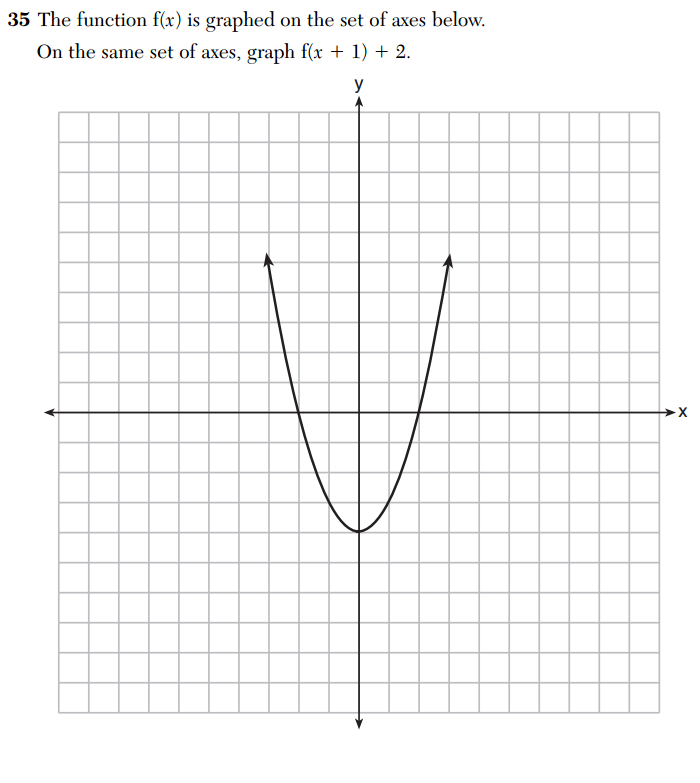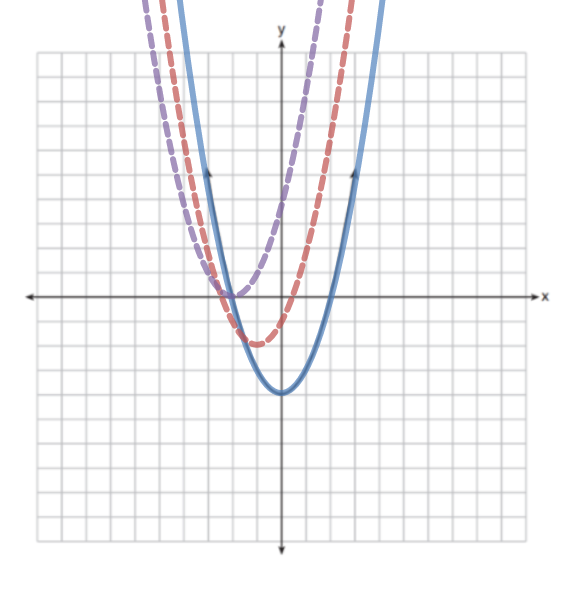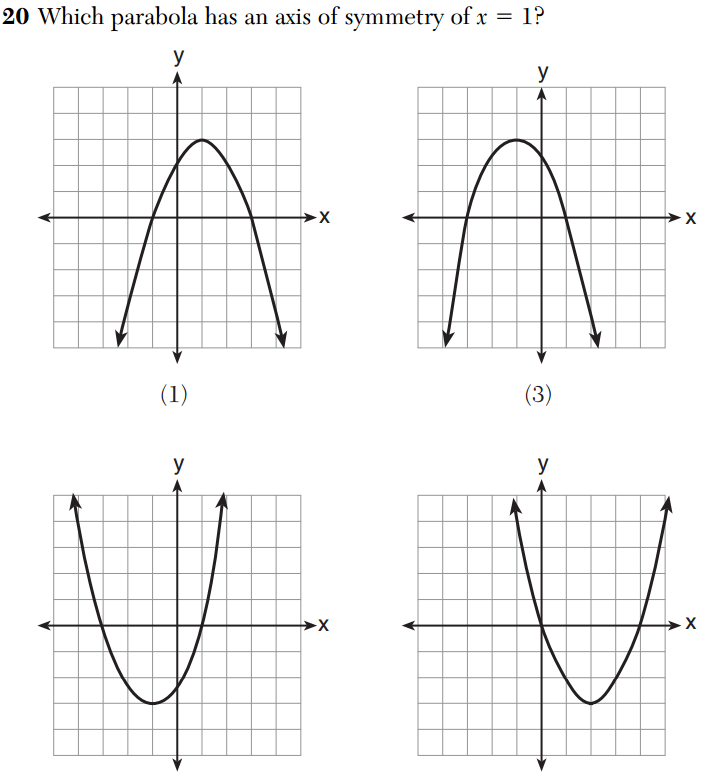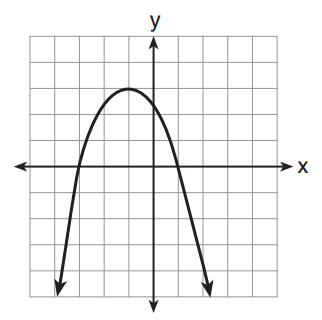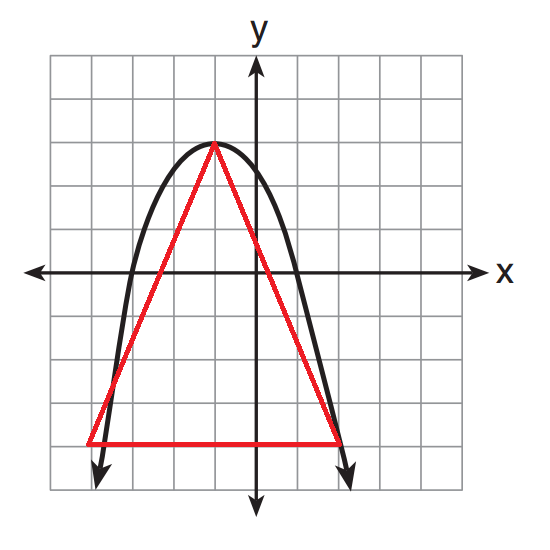Here is another installment in my series reviewing the NY State Regents exams in mathematics.
Elementary statistics plays an increasing role in high school math curricula, but the ways these concepts are often tested raises some concerns. After all, the manner in which ideas are tested can reflect how the ideas are being taught.
Here’s a question from the 2014 Integrated Algebra exam: which of the following is not a causal relationship?

Causality is notoriously difficult to establish, but I’ll set aside my philosophical objections for the time being. My primary concern here is with (2) being the correct answer.
First, correlation is a relationship between two quantities. What quantity is population correlated with in answer choice (2)? “The taking of the census” is an event, not a quantity. This may seem like nitpicking, but what quantity are we supposed to assume in its place? It seems natural to assume “the census taken” to mean “the number of people recorded on the census”, but then how could there be no causal relationship? What causes a number to be written down for “population”, if not the actual population?
Here’s another question from the 2014 Integrated Algebra exam.

It’s important to talk about bias in surveys, but no substantial thought is required to answer this question: three of the answer choices have absolutely nothing to do with campsites. And for the record, the question should really be phrased like “which group is most likely to be biased against the increase?”.
And this is a problem typical of the Algebra 2 / Trig exam.
 I know it’s pretty much standard usage, but no finite data set can be normally distributed. The correct terminology here would be something like “the heights can be approximated by the normal distribution”.
I know it’s pretty much standard usage, but no finite data set can be normally distributed. The correct terminology here would be something like “the heights can be approximated by the normal distribution”.
I’m aware that some may see these complaints as minor, but as I’ve argued before, I think it is extremely important to model precision and rigor in mathematical language for students. We expect this from our teachers and our textbooks; we should expect it, too, from our tests.

